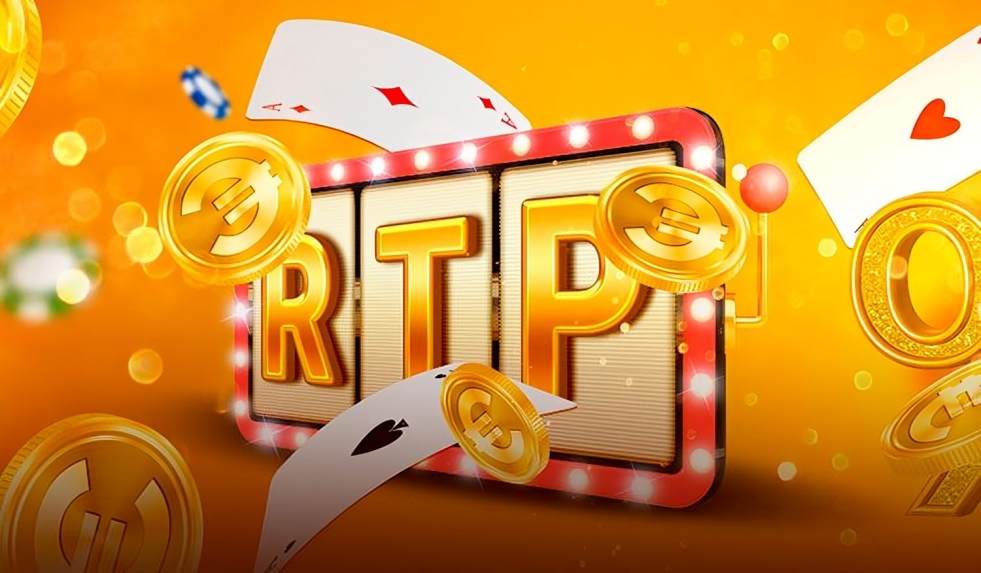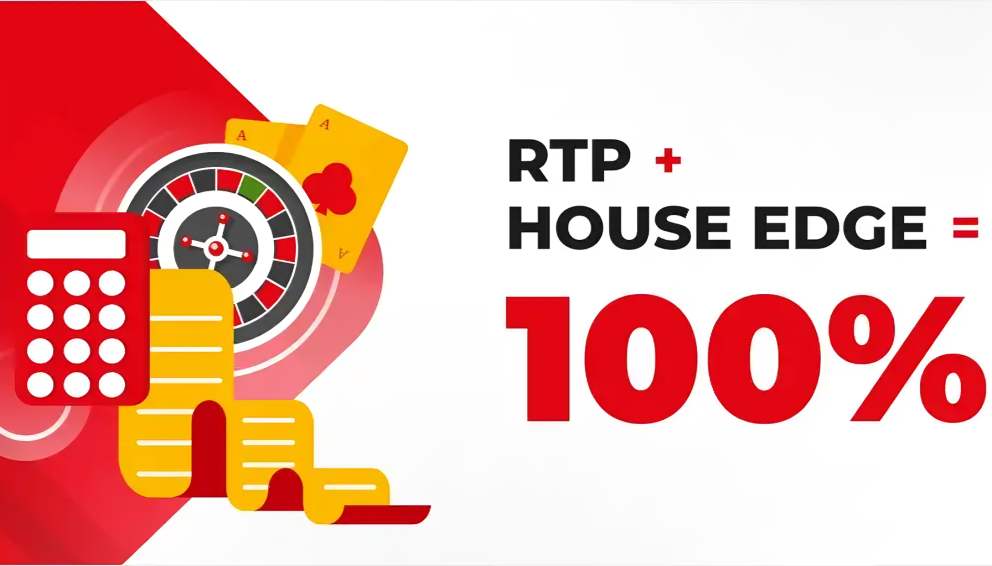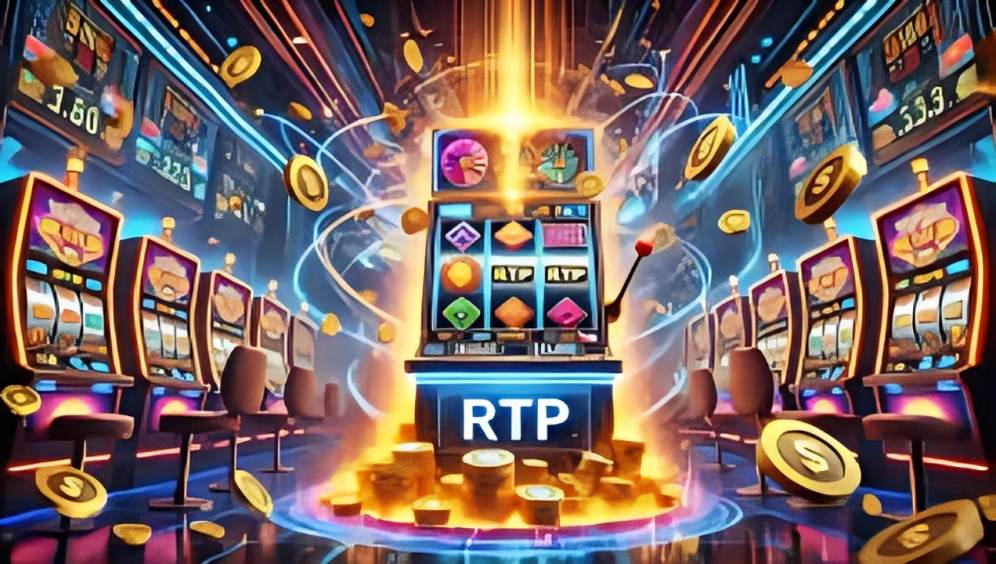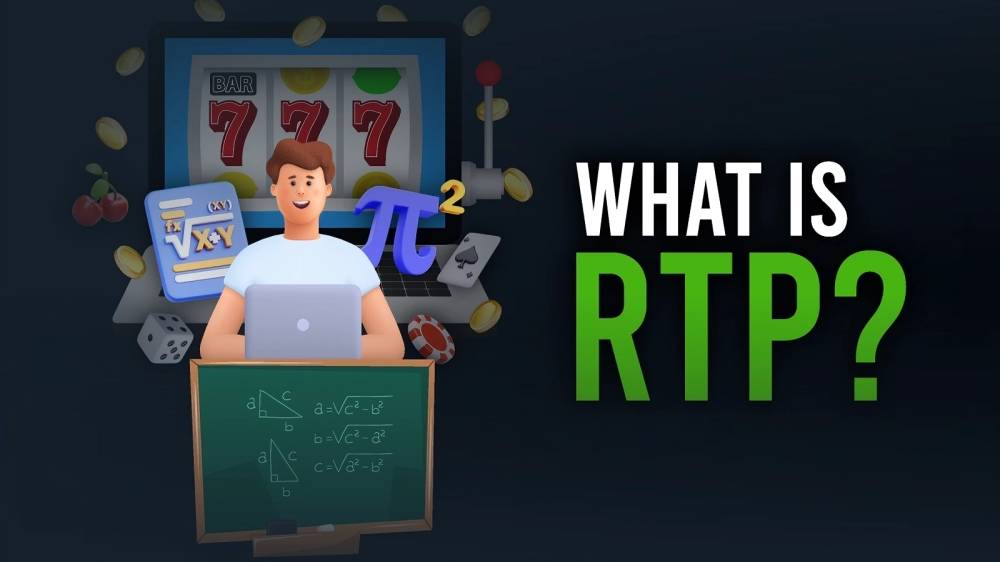You’ve likely come across the term RTP before. Short for “Return to Player,” a key concept every player should understand if they want to boost their winning chances and get the best value from their gameplay.
In this guide, we’ll break down what RTP really means, how it impacts your odds of winning, and why knowing it can make all the difference when playing at your favorite online or brick-and-mortar casinos.
RTP Made Simple – What Every Player Should Know

Return to Player (RTP) is a key concept in the gambling world. It represents the percentage of all money wagered on a casino game or slot that will be paid back to players over time. Simply put, it’s a measure of how much you can expect to win back in the long run.
Every casino game has its own, determined by the game’s rules and mechanics. But remember isn’t a guarantee of short-term success. Even a slot with a high can give you a losing streak or a big win on a single spin.
For example, a slot with a 96% RTP will, on average, return $96 for every $100 wagered. This doesn’t mean you’ll win exactly that amount every time—it’s an average calculated over thousands of spins.
When choosing a slot, don’t focus on alone. Factors like volatility, jackpot size, and gameplay also shape your experience.
House Edge vs. RTP

If RTP shows the player’s expected return, house edge shows the casino’s expected profit. The two are linked:
- A 96% means a 4% house edge.
- That 4% represents the casino’s average profit over time—not on a single spin.
- RNGs – The Engine Behind Fair Play
Online slots use Random Number Generators (RNGs) to ensure every spin is independent and fair. Even with a set, RNGs guarantee that outcomes remain completely random. - RTP vs. Hit Frequency
Hit frequency is how often you land a winning combination. While tells you how much you might win over time, hit frequency tells you how often wins occur. - Example:
- A slot with 96% and a house edge of 4% may have a hit frequency of just 0.32%.
- This means wins are rare but could be larger, depending on the game’s volatility.
Why High RTP Matters

Knowing a game’s helps with bankroll management and game selection. Higher games usually give you more playtime and a better long-term return.
Volatility vs. RTP – Don’t Confuse Them
RTP = Long-term average return.Volatility = Size and frequency of payouts.
High volatility = Bigger but less frequent wins.
Low volatility = Smaller, more frequent wins.
Understanding both helps you choose a slot that matches your risk tolerance and budget.
- 6 Steps to Choosing the Right Slot
Aim for High RTP – Found in the game’s paytable or rules. - Pick the Right Volatility – High for big wins, low for steady play.
- Check Payout Tables – See how much each combination pays.
- Seek Bonus Rounds – More features mean more winning opportunities.
- Look for Special Symbols – Wilds and scatters can boost your chances.
- Try the Demo First – Test the game risk-free before wagering real money.
- The Winning Formula
is just one part of the puzzle. Combining high, suitable volatility, good bonus features, and smart bankroll management will help you enjoy longer play sessions and better odds. - Always gamble responsibly, stick to your budget, and choose games that give you both excitement and value.
FAQ
Is a Higher or Lower Better?
In most cases, a higher RTP (Return to Player) is better for players. A higher percentage means the game is designed to return more of the total bets to players over time.
Do Online Slots Have Different RTPs Compared to Land-Based Machines?
Yes. Online slots often offer higher RTPs than those found in physical casinos. The main reason is that online operators have lower operating costs—no expensive buildings to maintain or large staff to pay—which allows them to give players a better payout percentage.
What’s Considered a Good RTP for Slots?
A solid RTP for slots is typically 96% or above, which aligns with the industry average and gives players better long-term value.

